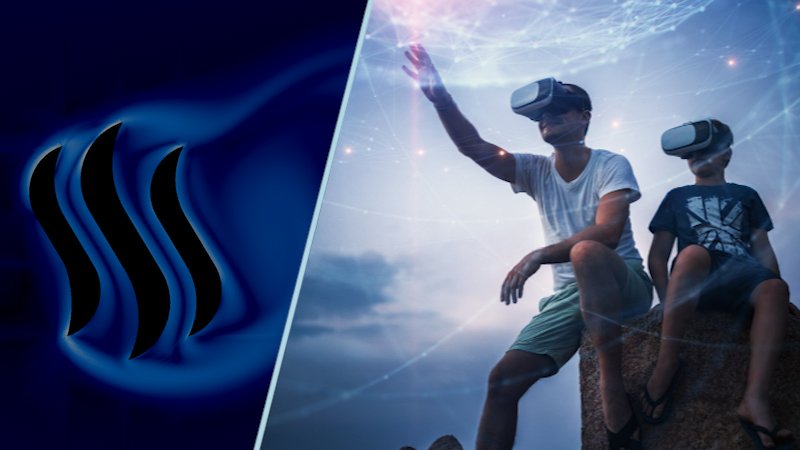
Virtual Reality (VR) has become increasingly popular in the last couple of years.
VR adds another dimension to whatever game you're playing - you feel like you're actually there, interacting with the surroundings and experiencing this virtual, alternative reality!
VR is all fun and games, but you're only supposed to wear a VR head set for short periods of time.
Suppliers even warn you not to wear it for several hours, and to take some breaks in between long periods of use.
But what if you kept a VR headset on for 48 hours? What if you actually LIVED in virtual reality?
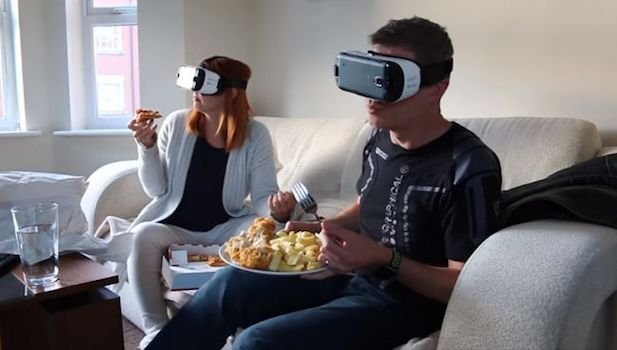
Dean Johnson, head of innovation for Brandwidth, tried it.
Last year, he already spent 24 hours experiencing different VR devices - creating an unofficial record for the longest time in virtual reality.
For this new experiment, he has Sarah Jones from Coventry University on his side.
Both participants will wear the VR headsets for 48 hours - with only 5 minute breaks each hour to record vlogs and go to the bathroom.
But the participants didn't only play games for 2 days - they engaged in lots of different activities, to test how VR alters the experience.
Among "usual" activities like eating, sleeping, walking, and running, they also implemented 3 thrilling experiences: driving go-karts, walking across the wing of an airplane, and even getting a tattoo to test pain management.
And this is not a PR stunt for a particular VR manufacturer - quite the contrary, all the VR brands that Johnson approached rejected cooperating on this project: "...mostly because they thought we'd die", he joked.

Driving a go-kart in VR
The first unconventional challenge was to drive a go-kart around a purpose-built track in VR.
Since obviously the participants needed to see some of their real-world surroundings in order to drive a kart, they used the "through-camera" on a Samsung Gear VR.
Johnson writes about this experience:
""It's amazing that our brains just corrected and we got used to seeing that view. We were going pretty quickly around the go-karting track, not hitting anything -- though with really reduced visibility.An interesting challenge [was also]when the vibration of the vehicle causes the camera feed to shake and blur, but [it was]a great illustration of driving on instinct and highlighting some genuinely useful user-cases for Augmented Reality headsets.
Race info, ghost competitors and screen entertainment for autonomous vehicles will all follow as a direct result of this kind of real-world testing."
-Dean Johnson
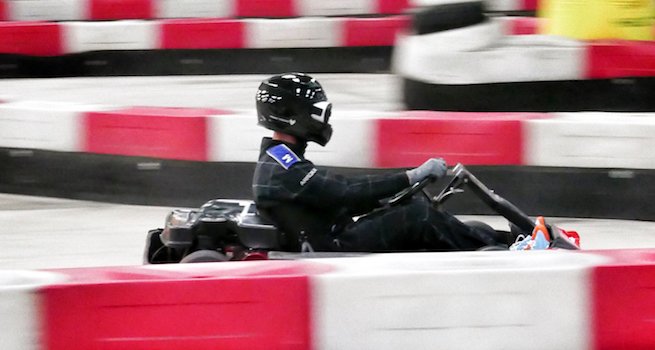
Getting a Tattoo in VR
Yes, participant and brandwith-head Dean Johnson really got his first Tattoo while doing this VR experiment.
He actually first started with the VR glasses off, to get an idea of the pain levels.
After a few minutes, Johnson then continued wearing the VR headset, playing "Gunjack" while getting inked.
What's interesting is that VR seemed to relax Johnson, reducing his pain levels and heart rate:
"If I were to describe this raw tattooing pain as a sustained maximum of 10, I felt the VR content and the subsequent cocktail of endorphins and adrenaline genuinely dropped the irritation to a 6 or 7. That result alone would have satisfied us but we were also wearing Apple Watches throughout VR48 to monitor heart rates. Mine peaked at 103BPM in the tattoo studio with a clear view of the procedure, dropping to 74BPM under immersion. That’s anecdotal feedback supported by real science."
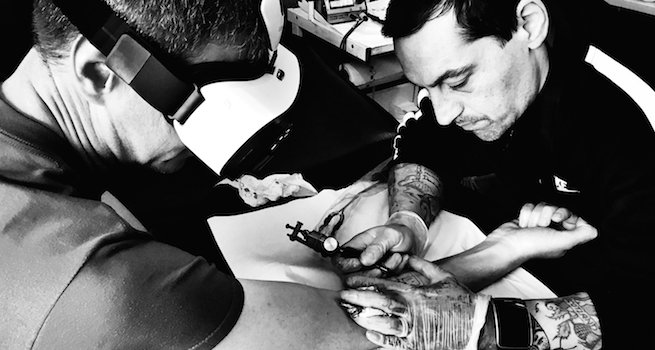
Walking on an airplane wing (mid-air) in VR
And lastly, probably the craziest experiment: walking on the top wing on a 75 year-old Biplane, while wearing a VR headset.
Could reality enhance the virtual experience and vice versa? To view this, we would again be seeing the real world through the Samsung headset’s built-in camera. Or would we?, Johnson asked in his blogpost.
But after the experience, his feedback was not as spectacular as expected:
Johnson stated that it didn't really feel real, although the wind and every aspect of the real environment was there.
But one thing was missing: the actual view of the real world around him.
"It still didn't feel real to us with what we were seeing, but the movement -- the buffeting and forcing yourself against the wind, they were the things that physically added the extra dimension.It might have been better if the headset had been displaying a VR dragon ride. If everything you were seeing felt real, that would all be amazing."

Conclusion
So what were the medical effects of this extreme VR experiment, how did the participants feel and how did VR influence their experiences ?
Apart from some eyestrain, fatigue and marks on the cheeks and nose where the VR mask had rested, there were no mental or physical side effects.
Johnson reported though that his close-up vision is "still slightly more blurred than before the event."
Wearing the VR glasses for even longer periods of time would probably have negative effects on our eyesight.
Another interesting point to note is SLEEPING in VR.
Johnson said that sleeping in VR was a very unusual experience at first, because you just believe everything is real when you first wake up.
"When you wake up in VR, you just believe everything. Normally, virtual reality is a conscious choice, but if you wake up in a simulation, surrounded by dinosaurs and spaceships, you don't' have time to question your reality as you regain consciousness. It's kind of like waking up in an unfamiliar hotel room. You may not know where you are or what the timezone is, but you just believe you're in a hotel room. Why would you not?"
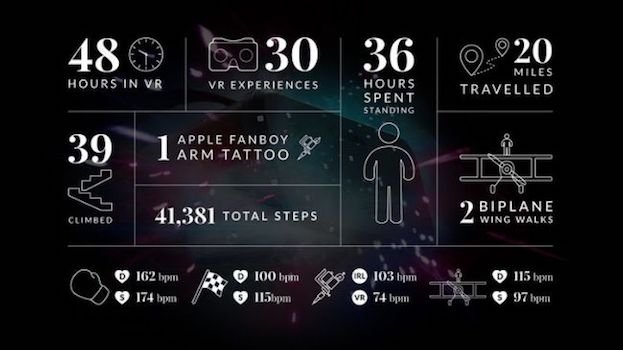
Do you think VR/AR will dominate our future and people will live in augmented realities constantly ?
Images: 1, 2, 3, 4,5 , Sources: 1, 2, 3, 4, 5
- Instagram -

© Sirwinchester
